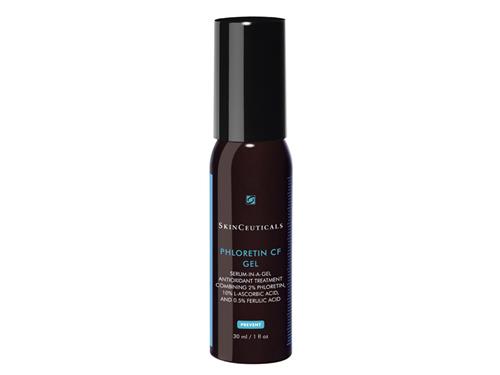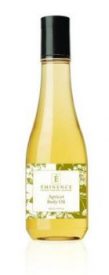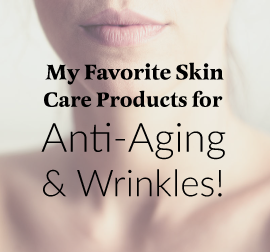Are injections in the glabella and frown lines safe?
Again… I know I sound repetitive on this, but you all ask the best questions! There’s a lot of conflicting information on this out there, and I’ll try to sort it out for you all. The glabella is the lower middle of the forehead where the frown lines (“11’s”) show up. Please remember that injecting Botox/Dysport/Xeomin, etc. in the frown line area (glabella) IS FDA approved and approved in all other countries that I know of. These are all temporary muscle relaxers (I hate the word “toxin”). For 3-6 months they relax the muscle (corrugator) that causes the lines in the first place. Injecting fillers into this area is an “off-label” use and is NOT FDA approved in the U.S. There’s much less regulation in other countries, so you may need to ask.
Botox, Dysport, Xeomin, etc.
These are very, very safe in the glabella. You may not get the effect you want always, since that’s the skill of the provider, but safety is very rarely an issue.
Fillers in the Glabellar Area
Arteries run invisibly under the skin which is why they can get blocked by filler. Total blockage may cause tissue death (necrosis) in the glabella, if not promptly recognized and treated. These arteries usually run through the middle plane in the skin, not down on the bone or up just under the surface of the skin (epidermis).
Good questions to Ask about Safety
- First, experts only in this area please! Hence, in our office, only MDs who are very experienced inject filler here.
- Injecting into an artery accidentally is very rare in expert hands, but can occur.
- Most importantly, if the problem is recognized right away, then it can be treated right away very effectively (see below).
- Patients should report any large, unusual or painful bruise needs to their provider asap. Small or medium size bruises are normal in filler work.
- Only hyaluronic acid fillers should be used in this area because they can be dissolved. That means no Artefill, Radiesse, fat, or silicone, and Sculptra should not be used here for different reasons.
- An expert dermatologist or plastic surgeon will have a “filler emergency” tray or trays in the office. In those trays in our office is aspirin, hyaluronidase (liquid enzyme) to uncrosslink (dissolve), any filler immediately should the need arise, and hot packs. Nitropaste (tiny amount) should only be used if there is an Internist MD in the office.
- Arteries often track right next to veins, so a “vein finder” can be helpful. Consequently, we have one in our office.
- Filler in tiny amounts only should be used, while the rest of the syringe can be used in other parts of the face.
- Other technical considerations are best discussed at dermatology conferences on a regular basis all over the world.
Hope this helps! Dr. I














